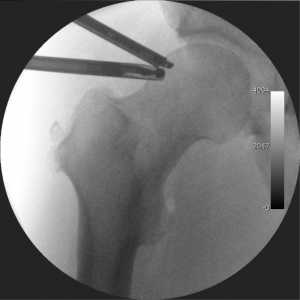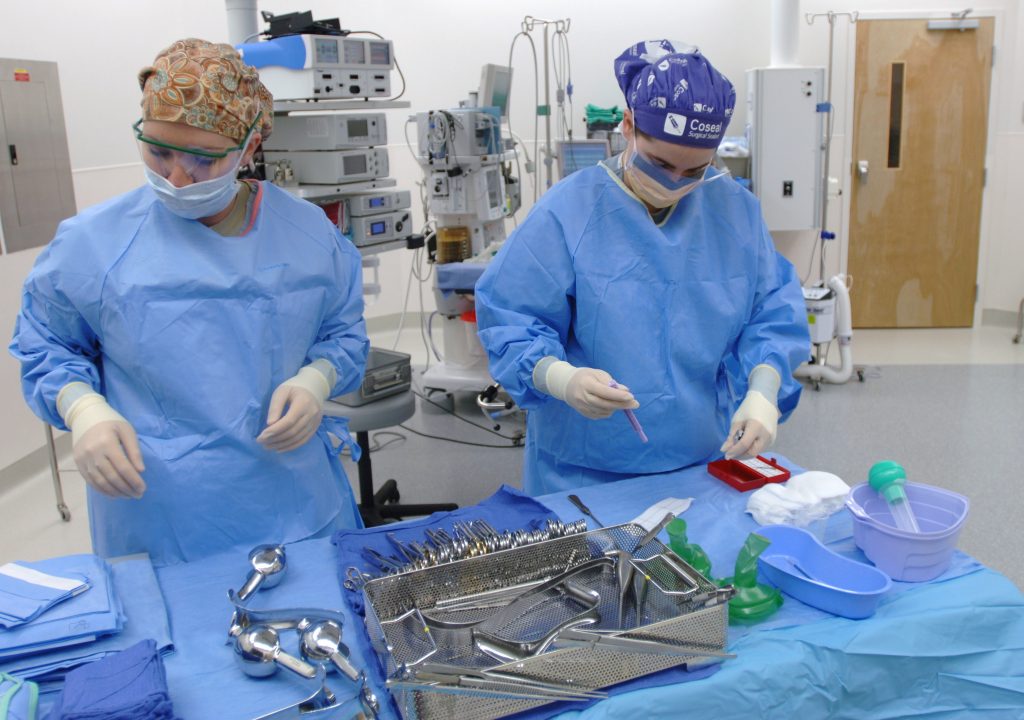Hip arthroscopy is a keyhole surgery used for treatment and/or diagnosis of people with hip pain. Patients are usually admitted overnight and surgery is performed under general anaesthesia. Hip arthroscopy rates appear to be growing internationally, yet there is low quality evidence to support the use of hip arthroscopy for the treatment of hip pain and no evidence to support its use for the prevention or management of hip osteoarthritis (OA). To understand the burden and impact of this surgical procedure, it is necessary to quantify its use and cost. Anecdotally, almost all hip arthroscopy procedures in Australia are undertaken in the private hospita l setting, at considerable expense to the patient and health funders, and with great financial benefit to surgery providers. The populations of Victoria, Australia and Denmark are similar demographically but the healthcare systems differ. Evaluating the differences between surgical rates in Australia and Denmark will increase the understanding of the burden and impact of hip arthroscopy. Therefore the aim of this study is to compare the annual incidence of hip arthroscopy procedures together with age, gender and diagnosis for the period 2000-2015 in Victoria, Australia and Denmark.
l setting, at considerable expense to the patient and health funders, and with great financial benefit to surgery providers. The populations of Victoria, Australia and Denmark are similar demographically but the healthcare systems differ. Evaluating the differences between surgical rates in Australia and Denmark will increase the understanding of the burden and impact of hip arthroscopy. Therefore the aim of this study is to compare the annual incidence of hip arthroscopy procedures together with age, gender and diagnosis for the period 2000-2015 in Victoria, Australia and Denmark.
Staff involved: Prof Kay Crossley, Dr Joanne Kemp, Sally Coburn

